Physical activity is any deliberate muscle movement that uses energy. It can be structured exercise — like sports, a gym session, or going for a run — or part of your work, your leisure time, or any other movement you do during your day.
There are different types of physical activity, and they’re often categorized based on the kind of movement they involve and how intensely you do them.
Physical activity can be divided into the following types:
- Aerobic: like running, swimming, or going for a brisk walk. This can be broken down further into low, moderate, and vigorous intensity.
- Strengthening: such as pushups, lifting weights, or digging in the garden.
- Flexibility: for example, stretching exercises or yoga.
- Balance: including yoga, tai chi, or walking heel to toe.
Each type of physical activity brings its own health benefits, and it’s important to try to include them all in your weekly routine.
Some of the health benefits of being physically active include a lower risk of heart disease, stroke, type 2 diabetes, and certain cancers, as well as improved mental health and better sleep.
Being physically active is one of the key ways to take care of your health, along with diet, sleep, mental health, and social and lifestyle habits. At ZOE, our research looks at how these factors work together to impact your overall well-being.
Examples of Physical Activities for Different Fitness Levels
There are different types of physical activity, and they’re often categorized based on the kind of movement they involve and how intensely you do them.
Physical activity can be divided into the following types:
Types of physical activity
While there are almost endless examples of physical activity, they’re usually grouped together based on what type of movement you’re doing or how intense it is.
Does it speed up your heart rate or your breathing? Are particular muscles or muscle groups burning? Does it involve stretching or balancing? These are all clues as to what type of exercise you’re doing.
1. Aerobic exercises
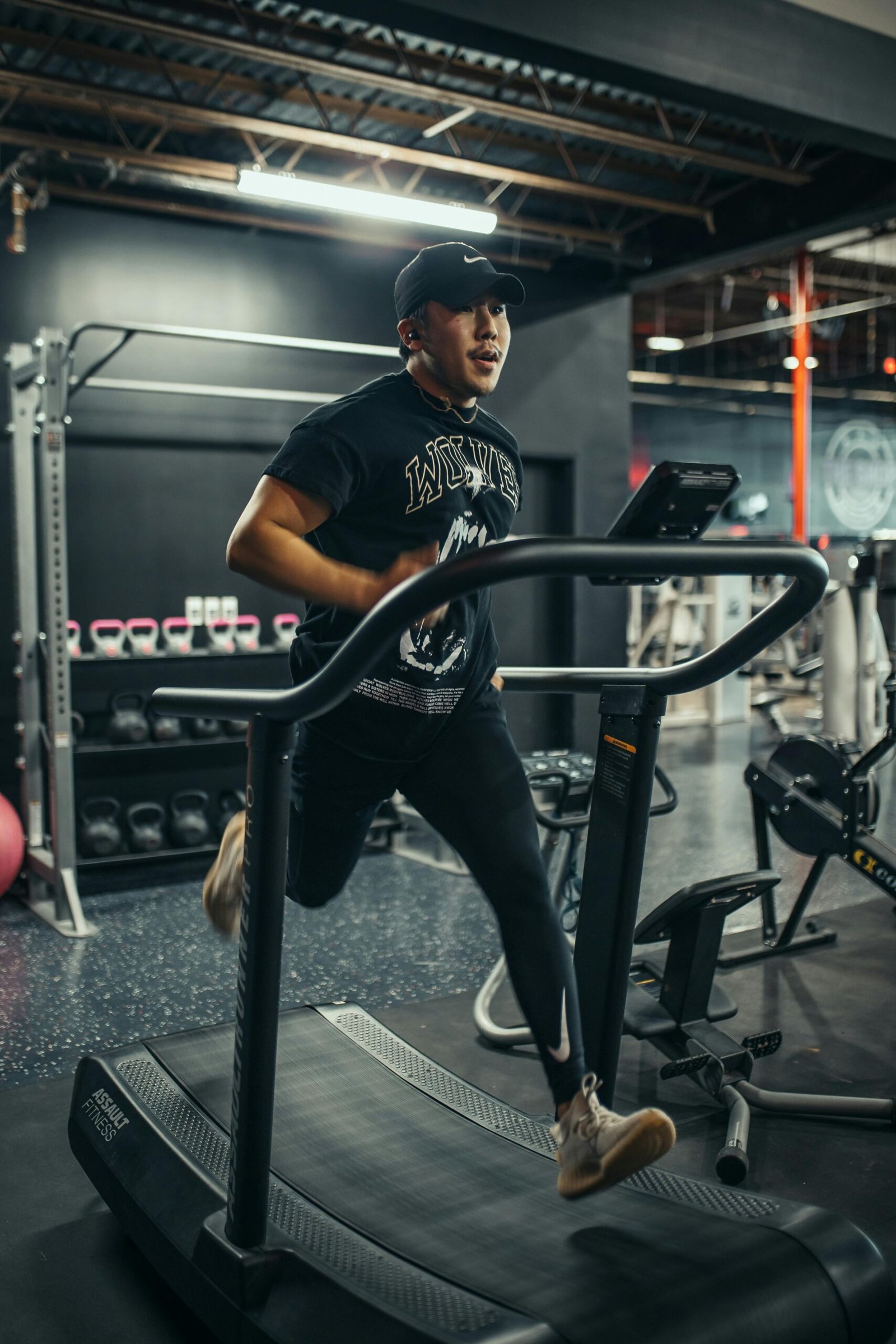
Aerobic exercise, also known as cardiovascular or “cardio,” includes anything that gets your breathing and heart rate up. Everyone can benefit from this type of movement, regardless of their age or physical abilities.
Aerobic exercises can help improve blood pressure, cholesterol, and your sleep. Over time, these exercises can also reduce your risk of developing many chronic conditions such as heart disease and type 2 diabetes.
Aerobic exercises can be grouped into low, moderate, or vigorous intensity, based on how much they increase your breathing and heart rate. One way to test an activity’s intensity level is to do the talk test. Whether you can sing or talk during the activity can give you clues about how hard you are exercising.
Low intensity activities

If you can talk and sing during an activity, you’re exercising at a low intensity.
While great for any age or fitness level, low intensity exercises can be particularly beneficial for beginners, older adults, people with joint pain, or those recovering from injury. These types of activities can still benefit your health and may help you stick with your physical activity goals.
Examples of low intensity activities include:
- leisurely walking
- light swimming
- vacuuming, mopping, and other house-cleaning activities
- washing the car
- light gardening
Moderate intensity activities
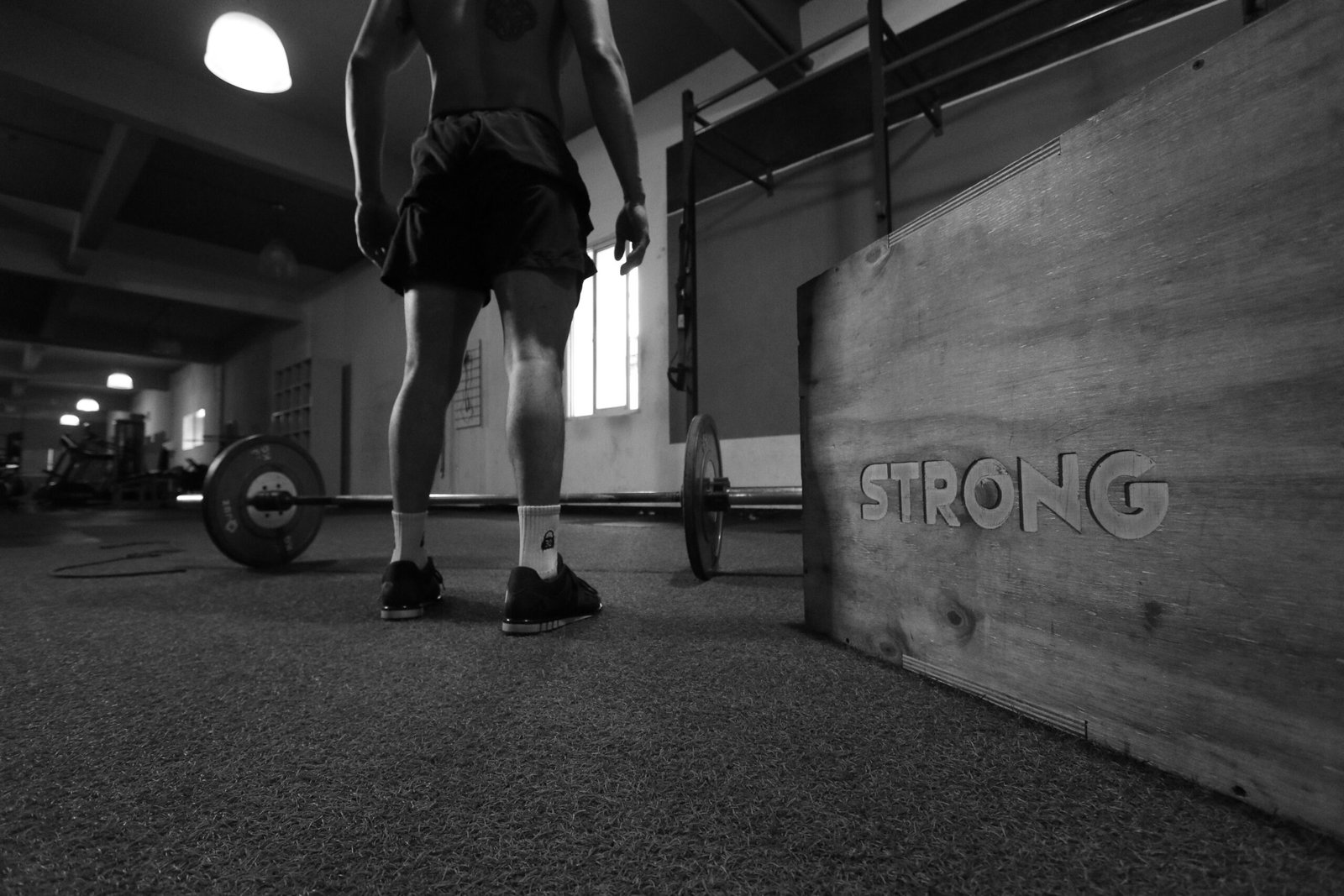
Moderate intensity activities get your heart pumping. During these activities, you should be able to talk but not sing.
Most adults and children can benefit from moderate intensity activities because many of the health benefits of aerobic exercise begin in this range. Older adults or those with a history of health conditions should talk to their doctor about an appropriate intensity level for them.
Examples of moderate intensity physical activities include:
- swimming or water aerobics
- jogging
- walking quickly
- dancing
- doing yard work
Vigorous intensity activities
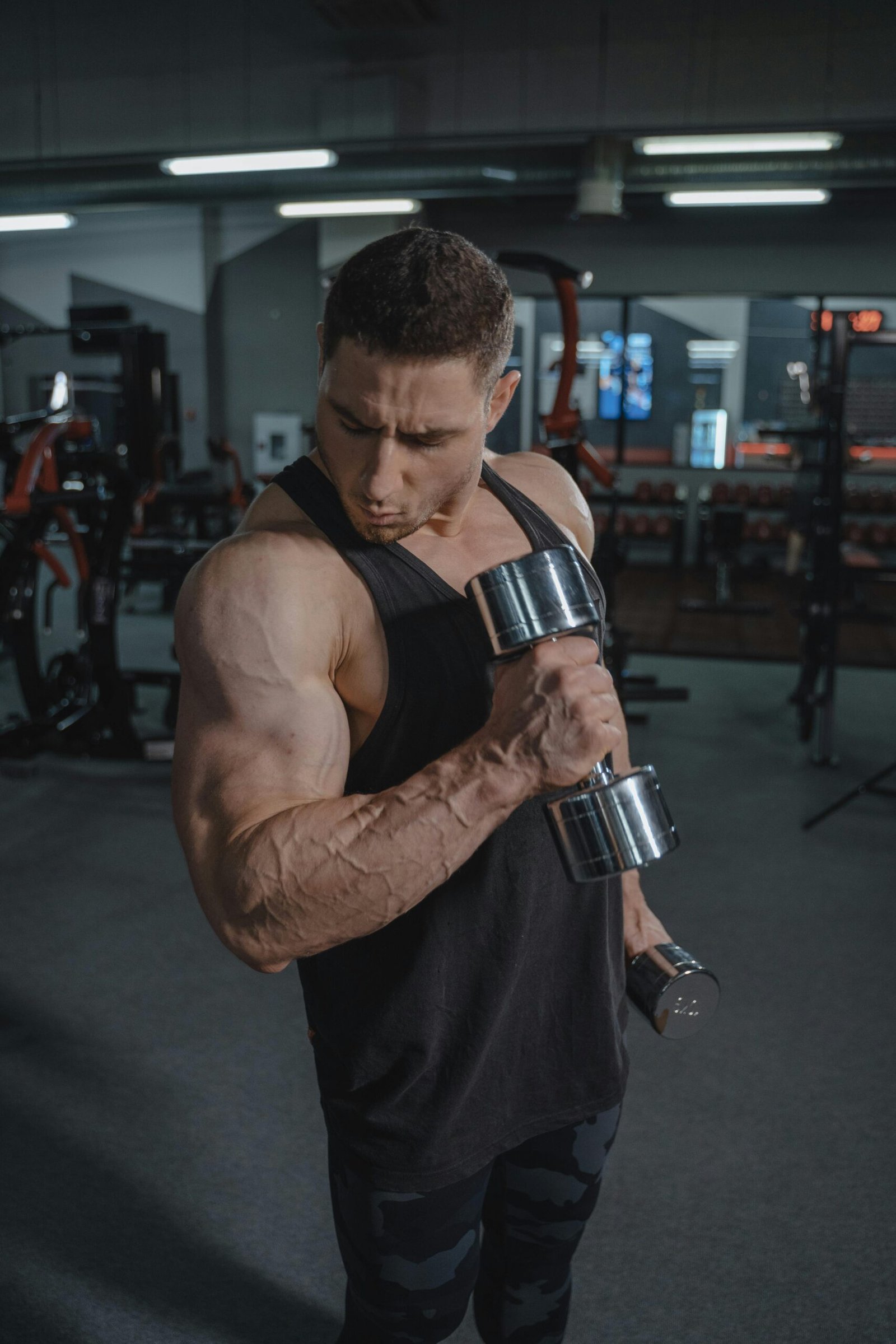
If you’re out of breath and can only string a few words together at a time, you’re in the vigorous intensity range.
Some people prefer this level of physical activity, as it brings the same health benefits in less time. However, if you are new to exercise or if you have any health complications, you may want to speak to your doctor before attempting any vigorous activity.
Some examples of vigorous intensity activities include:
- running or biking at a fast pace
- swimming laps
- doing heavy yard work, such as prolonged digging or shoveling
- playing basketball or tennis
- jumping rope
While everyone can benefit from aerobic activity, it’s important to start at the right level for you and gradually increase the intensity as your fitness improves.
2. Strengthening exercises
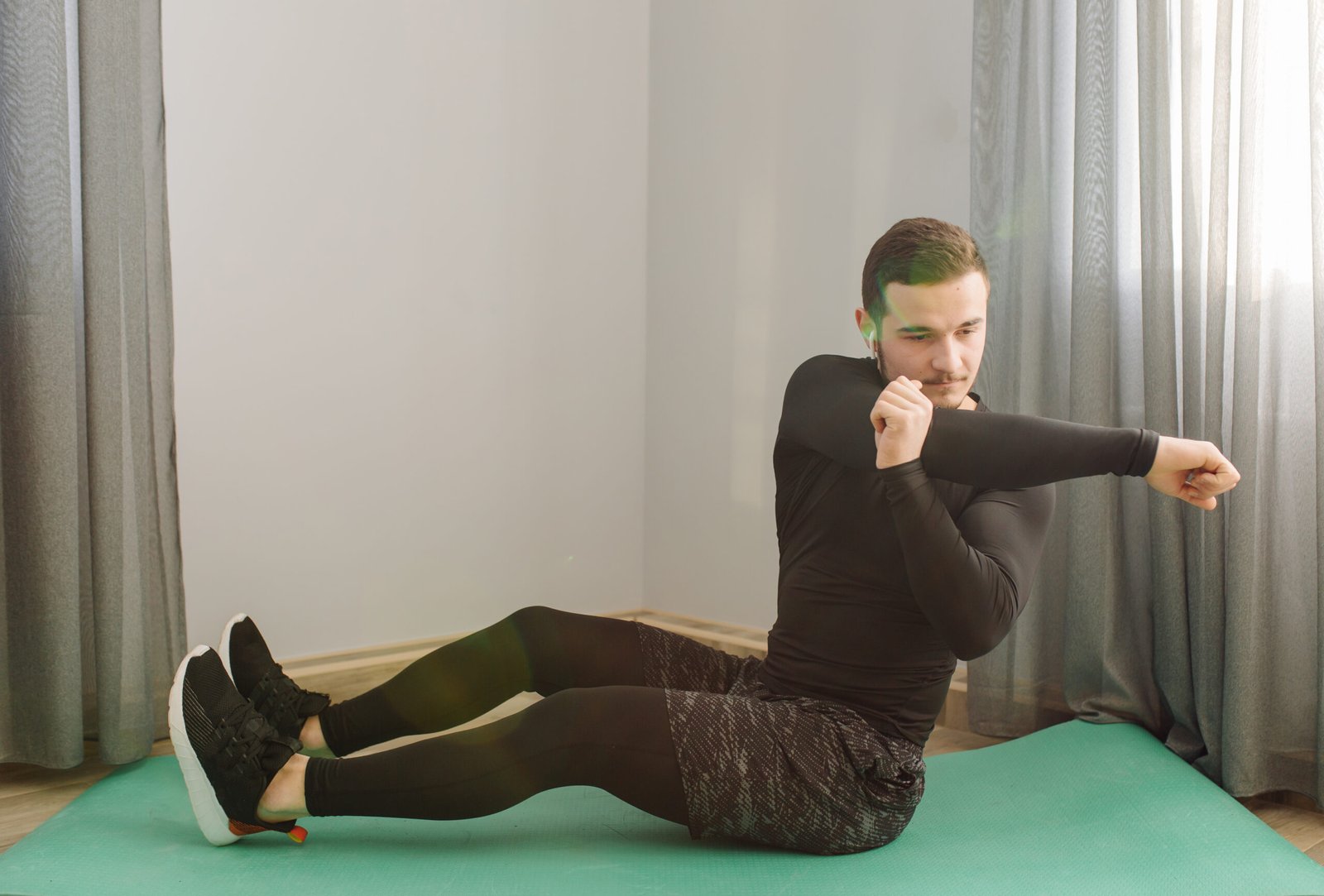
As well as aerobic exercises, it’s also important to include muscle-strengthening exercises in your workout routine.
These exercises help maintain muscle and bone mass and are an important part of healthy aging. Women in particular can benefit from strengthening activities, as bone and muscle loss are common during and after menopause.
Strengthening exercises can be done with or without equipment, in a gym, or at home. There are many different activities that can help strengthen your muscles, so choose which work for you and your lifestyle. Some examples include:
- lifting weights
- working with resistance bands
- doing push-ups or sit-ups
- doing heavy yard work or gardening
- doing some forms of yoga
Just as with aerobic activities, make sure to start at a comfortable level and slowly increase the amount you do. Pregnant women, older adults, and those with health conditions should discuss which strengthening activities are most appropriate with their doctor.
3. Flexibility exercises
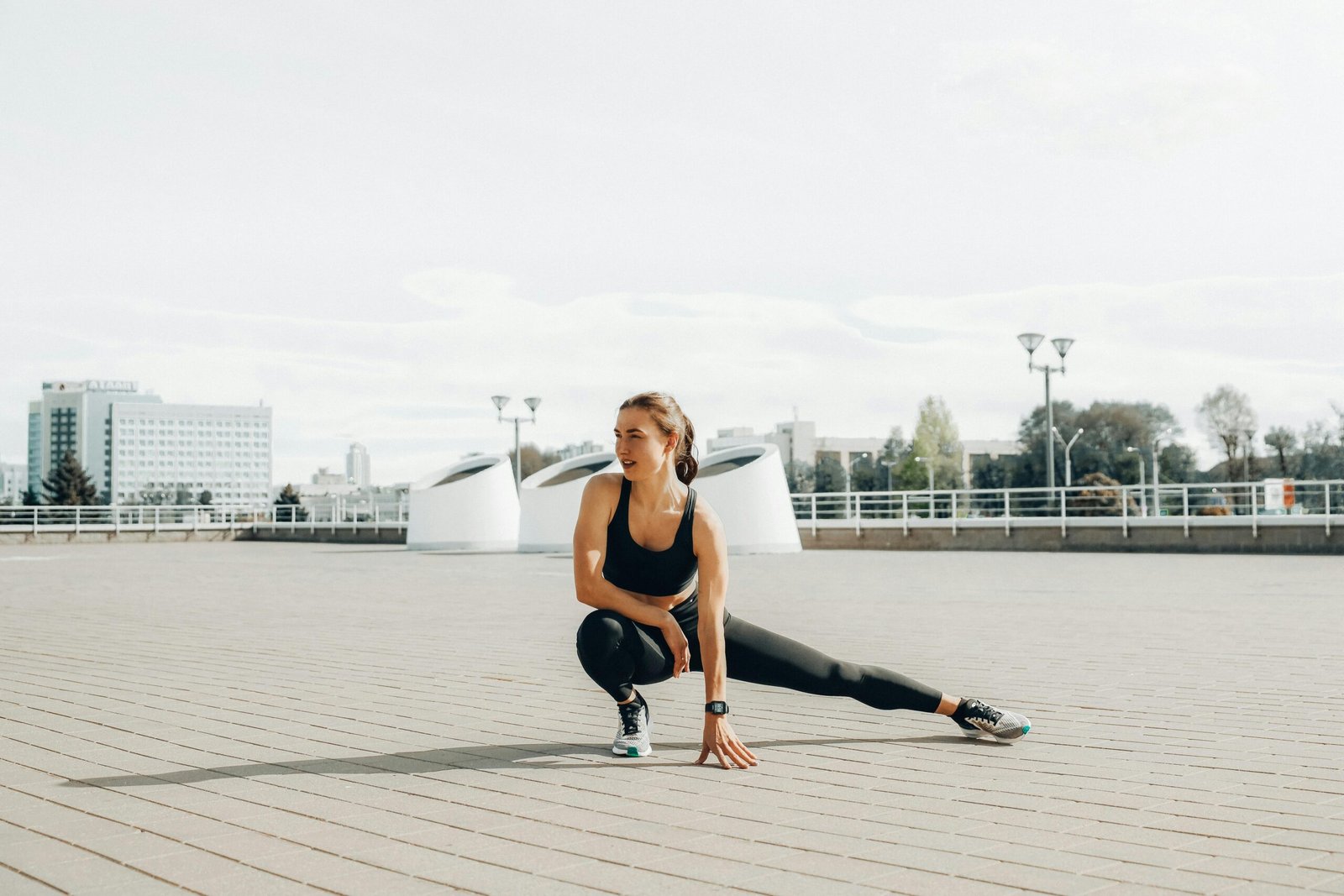
Adding movements that help with your flexibility is also important for your overall health. These activities can help prevent injury, reduce body aches, and increase range of motion.
Examples of flexibility exercises include:
- stretching
- yoga
- pilates
- tai chi
Make sure to get your muscles warmed up with 5–10 minutes of movement before stretching them. This sends blood and oxygen to your muscles and allows them to stretch more easily.
You could also do your flexibility exercises after other physical activity or as part of your cool down. Remember, stretching should not be painful. To avoid injury, only push your muscles as far as is comfortable.
4. Balance exercises
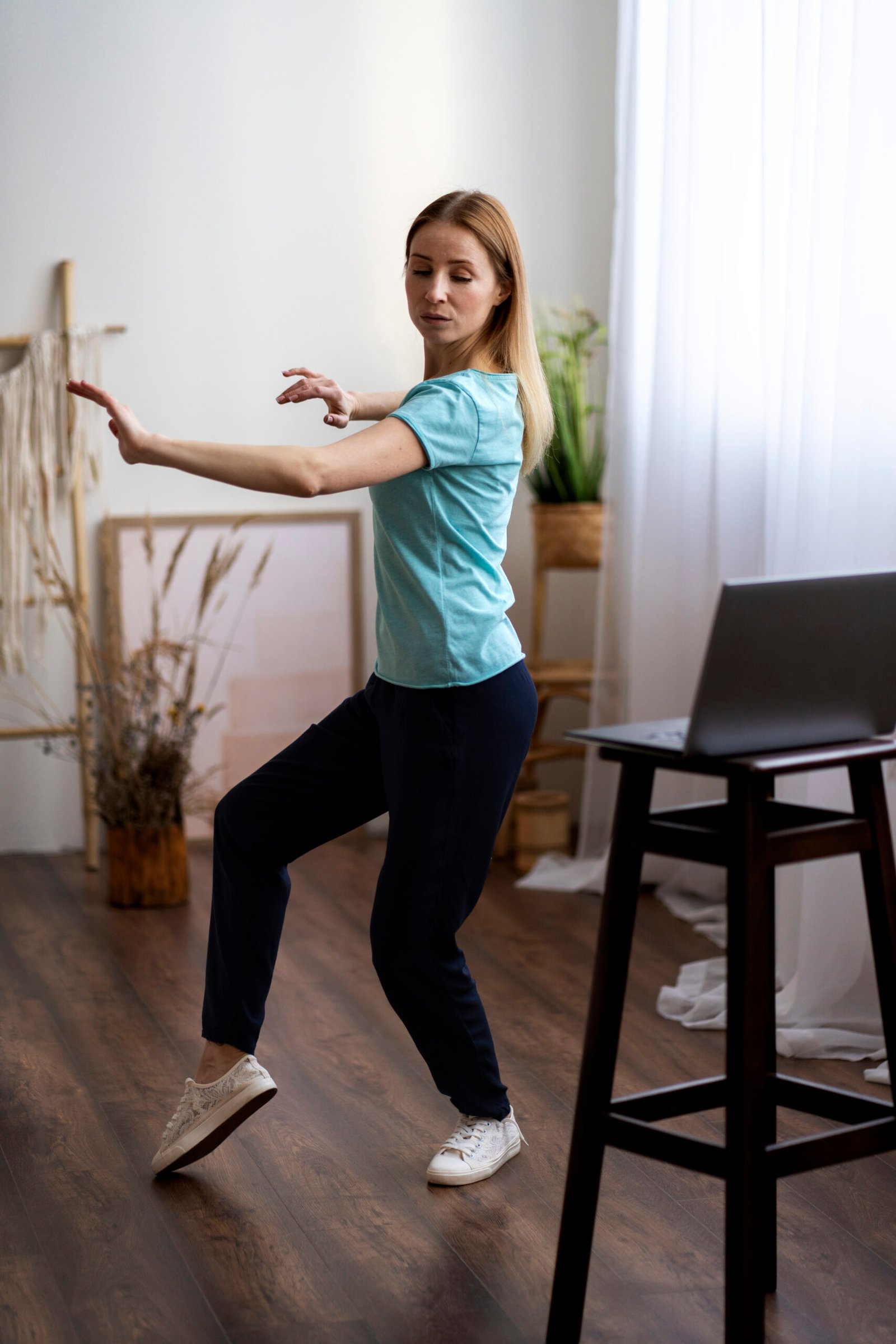
Maintaining good balance can help prevent falls and injury in older adults and is important for everyday activities such as walking or climbing stairs.
Some balancing exercises include:
- walking heel to toe
- standing on one foot, then repeating with the other
- yoga
- tai chi
- standing up from a seated position
FAQs
1. What is physical activity?
Physical activity refers to any deliberate muscle movement that requires energy. It includes structured exercise like sports, running, and gym workouts, as well as everyday activities like walking, housework, and gardening.
2. What are the main types of physical activity?
Physical activity is typically categorized into four main types:
- Aerobic exercises (e.g., running, swimming, brisk walking)
- Strengthening exercises (e.g., lifting weights, push-ups, resistance bands)
- Flexibility exercises (e.g., yoga, stretching, pilates)
- Balance exercises (e.g., tai chi, heel-to-toe walking, standing on one foot)
3. How often should I exercise?
For general health, adults should aim for at least 150 minutes of moderate-intensity aerobic exercise or 75 minutes of vigorous-intensity exercise per week, along with muscle-strengthening activities at least twice a week.
4. How can I determine the intensity of my exercise?
Use the talk test:
- Low intensity: You can talk and sing comfortably.
- Moderate intensity: You can talk but not sing.
- Vigorous intensity: You can only say a few words before needing to catch your breath.
5. What are the health benefits of regular physical activity?
Regular physical activity can:
- Lower the risk of heart disease, stroke, type 2 diabetes, and some cancers.
- Improve mental health, reduce stress, and enhance mood.
- Strengthen muscles and bones, preventing osteoporosis.
- Improve sleep quality and boost energy levels.
Conclusion
Incorporating different types of physical activity into your routine is essential for maintaining overall health and well-being. Aerobic exercises improve cardiovascular health, strengthening exercises support muscle and bone health, flexibility exercises enhance mobility, and balance exercises help prevent falls and injuries.
No matter your fitness level, there are plenty of ways to stay active, whether through structured workouts or daily activities like walking, gardening, or household chores. The key is to find activities you enjoy and gradually build a routine that works for you.
Physical activity a regular part of your life, you can reduce the risk of chronic diseases, boost mental health, improve sleep, and enhance your overall quality of life. Start at your own pace, stay consistent, and enjoy the journey to better health.
